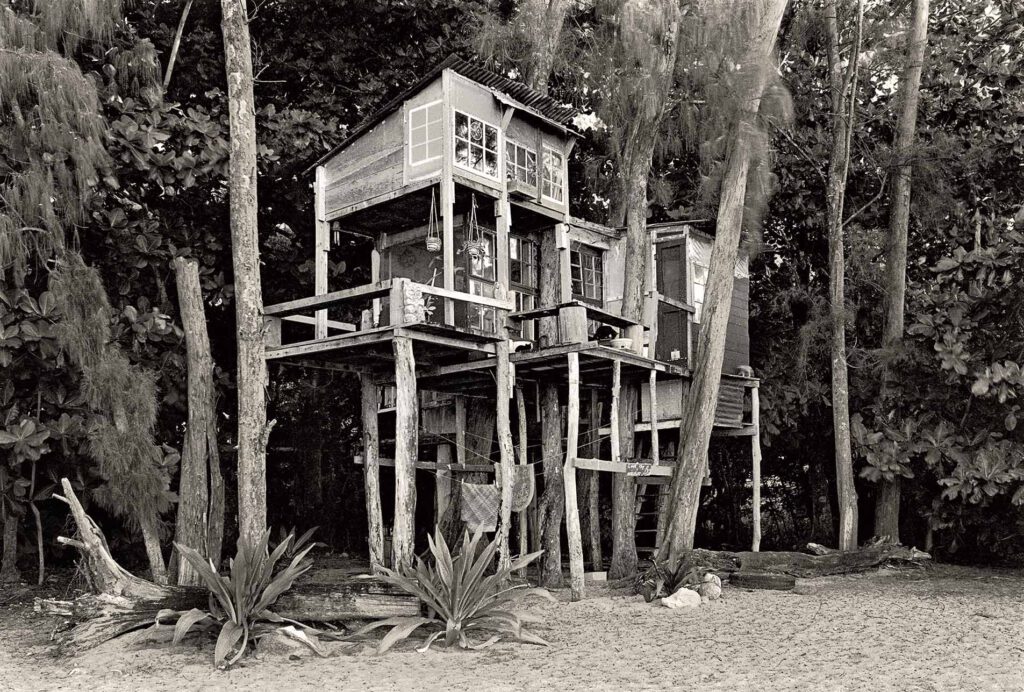
Taylor Camp – „The Edge of Paradise”
Full moon parties, big waves rolling through below the treehouses and wild bongo playing after midnight – that’s how Taylor Camp presented itself on the Hawaiian Island of Kauai – the ultimate hippie fantasy. John Wehrheims impressive documentary „The Edge of Paradise – Taylor Camp“ tells the compelling story of this unparalleled community. Only recently made available Online to the global public. Besides his authentic photographic documentation also some former inhabitants of the camp have their say and offer insights into the complexity of the treehouse-community, each from their personal perspective.
Dreams blossoming from the ashes
The dream of a free life first started with a tragedy. The well-known massacre of My Lai (a town in southern Vietnam) took place in 1968, using napalm bombs and pesticides and taking the lifes of many innocent civilians. Only 14 months after it happened the public found out about this crime. Making it public largely contributed to the formation of the anti-war movement. During the same time, thirteen hippies got arrested in Hawaii. The reason? Apparently they dared living at the beach without money, enough for a warrant. They were sentenced to 90 days of hard work in the jail. Among them were also women and children. Howard Taylor, the brother of Elizabeth Taylor, got word of it and was shocked. He instantly contacted the responsible judge and negotiated their release on bail. He let them stay on his heavenly property with direct beach access at the end of the road of Kauai without any regulations or restrictions. „Just go for it“, were his words to them.
“The best days of our life”
That’s how one of the biggest hippie communities was formed, with up to 300 residents during peak times. Taylor Camp attracted people from all over the world and every religion. Because building wasn’t permitted on the property, an improvised treehouse-village emerged at this idyllic place. It included a nondenominational church, central shared bathrooms and a community-garden in which not only fruit and vegetables, but also marihuana was grown. There were no rules, the wearing of clothes was optional (although definitely recommendable because of the mosquitos) and drugs were dispensed generously among the residents. For many those anarchic circumstances were ideal to find complete expression and grow on themselves. Like in other communities, a great variety of life plans existed in this social experiment. Besides sexual freedom there were solid relationships, there were well-situated residential areas close to the beach as well as slum-like shelters in the back country.
No paradise without a snake
Other members of the collective couldn’t handle the freedom. They arrived at the camp hoping to get healed by the place itself, without having to work on themselves. In fact they run from themselves and hoped to get redeemed of their sufferings in the communion. The presence of sexual abuse, violence, alcohol- and drug abuse, apparent parts of every community at all times, showed that it didn’t quite work out that way.
A place goes down, the dream lives on
After prolonged negotiations, the government bought the place in 1974 from Howard Taylor. In the year of 1977 the hippies were banished from their paradise, the site was vacated and the treehouses heartlessly demolished by bulldozers. The experiment ended in flames, all hoses were burnt to the ground.
Wehrheims movie shows a vivid piece of contemporary history without sentimentalism, beautifully produced and accompanied by songs of the woodstock generation. For those who want to indulge in a journey through time on the couch in times of Corona, this documentary offers a rewarding opportunity. We watched it and can only recommend you to watch it as well.
Links to film & book
Photographs by courtesy of John Wehrheim
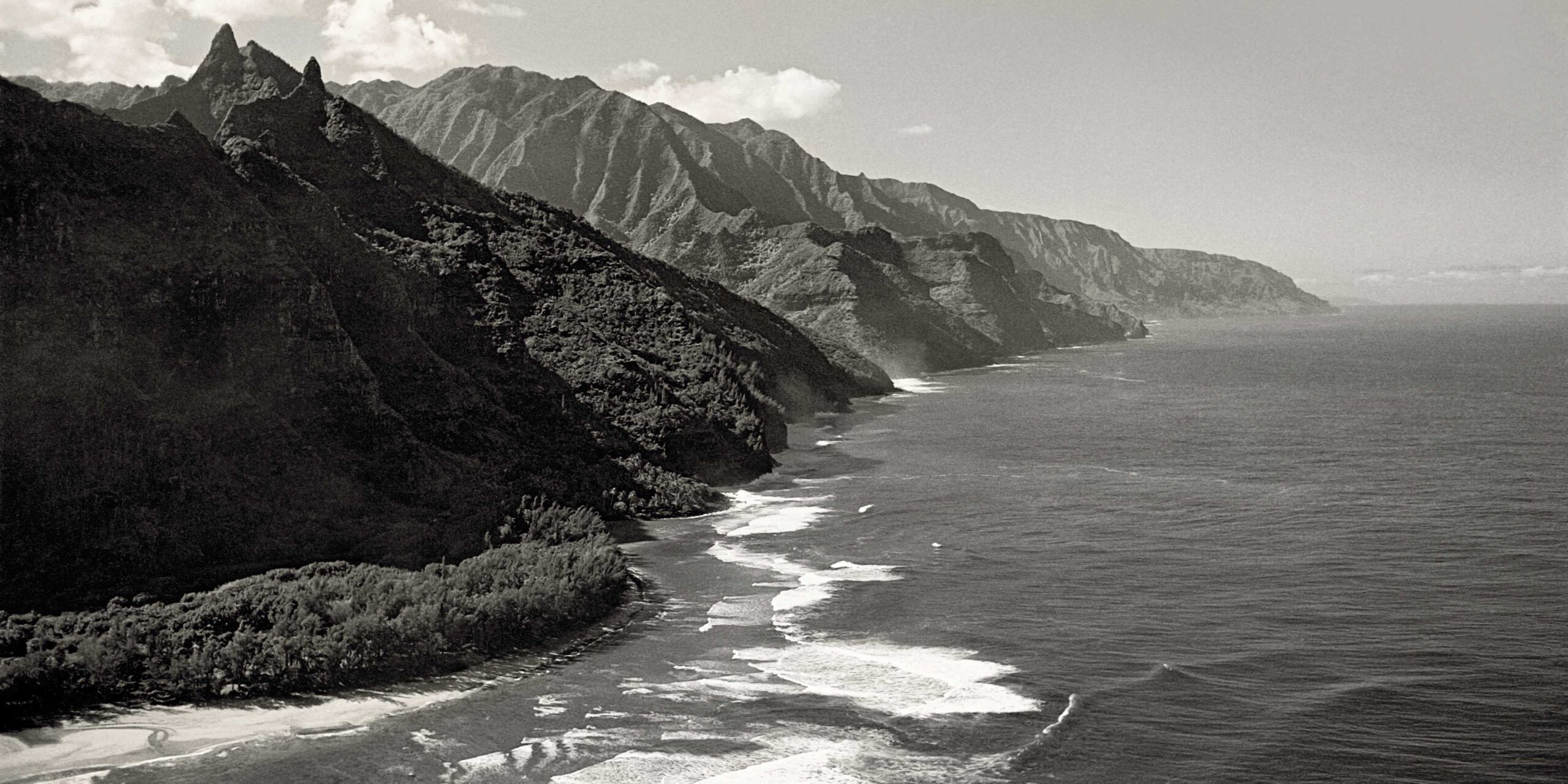
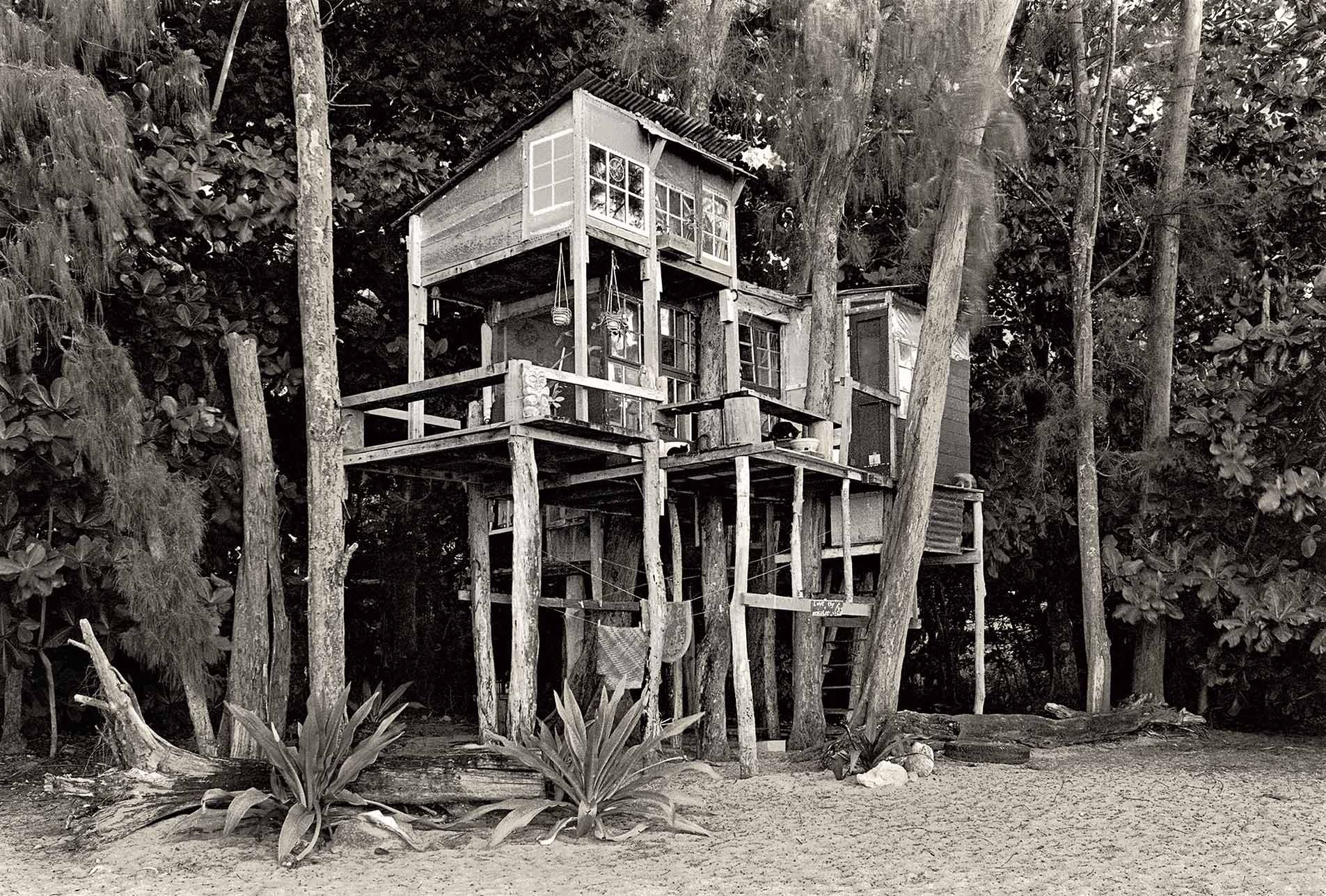
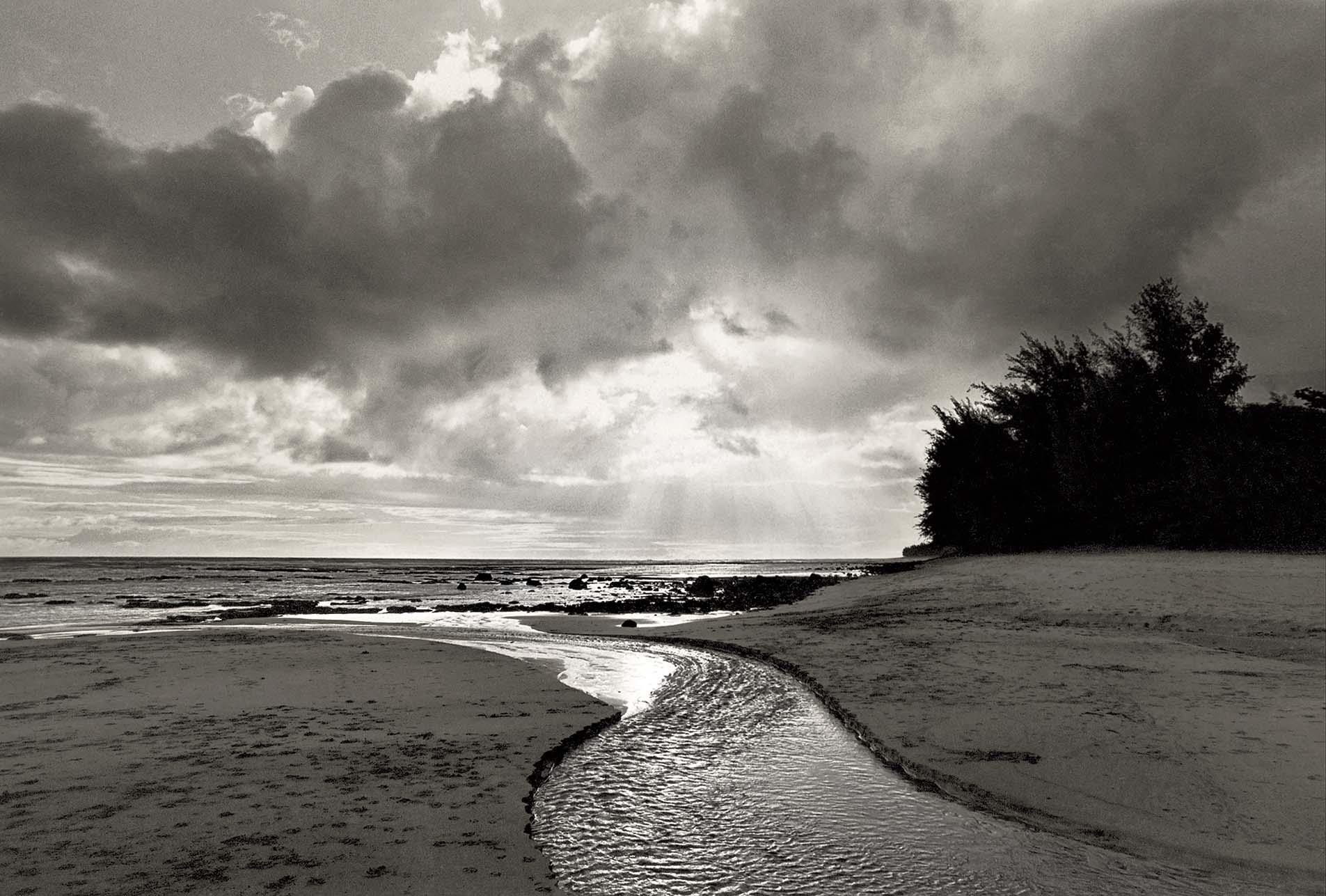
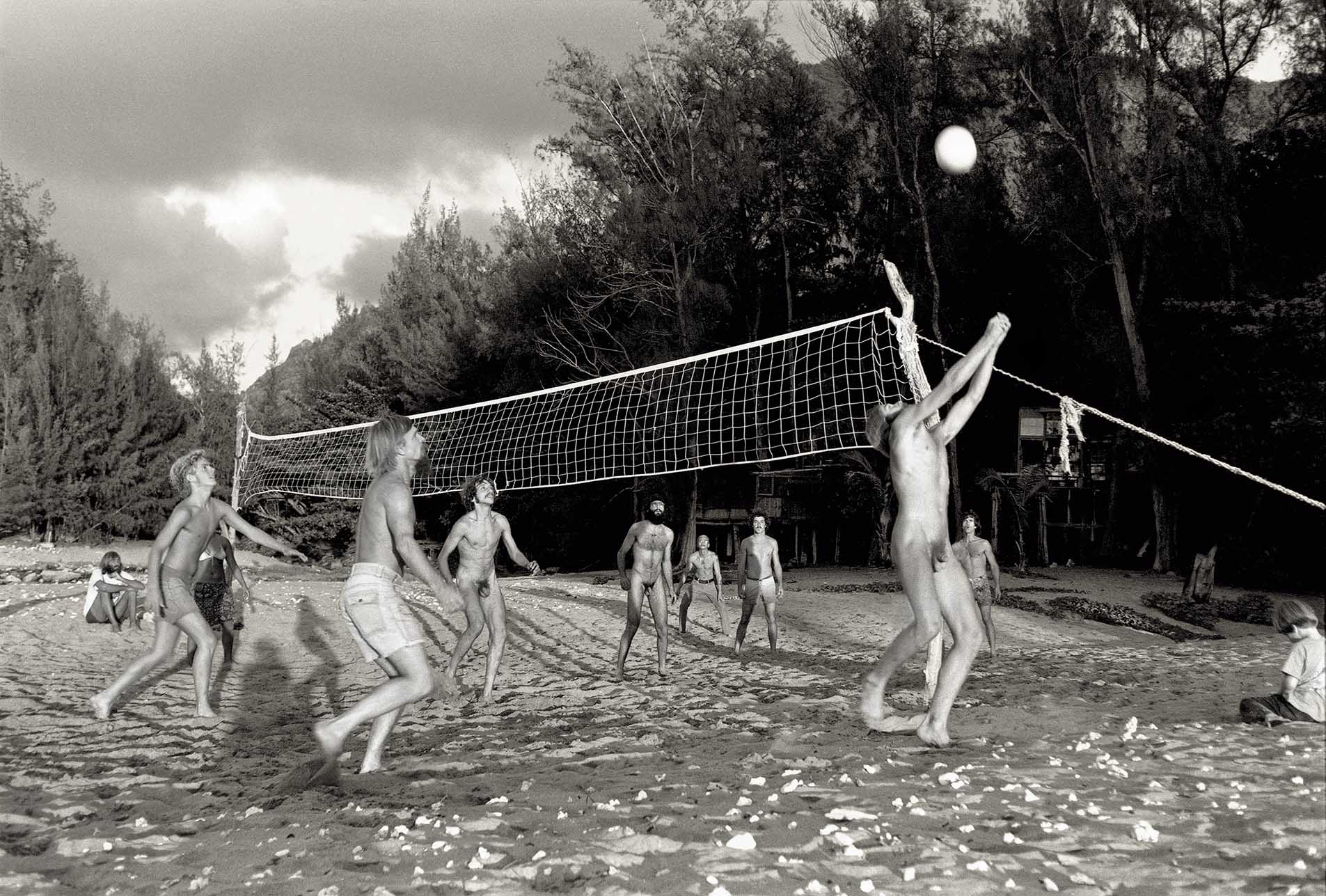
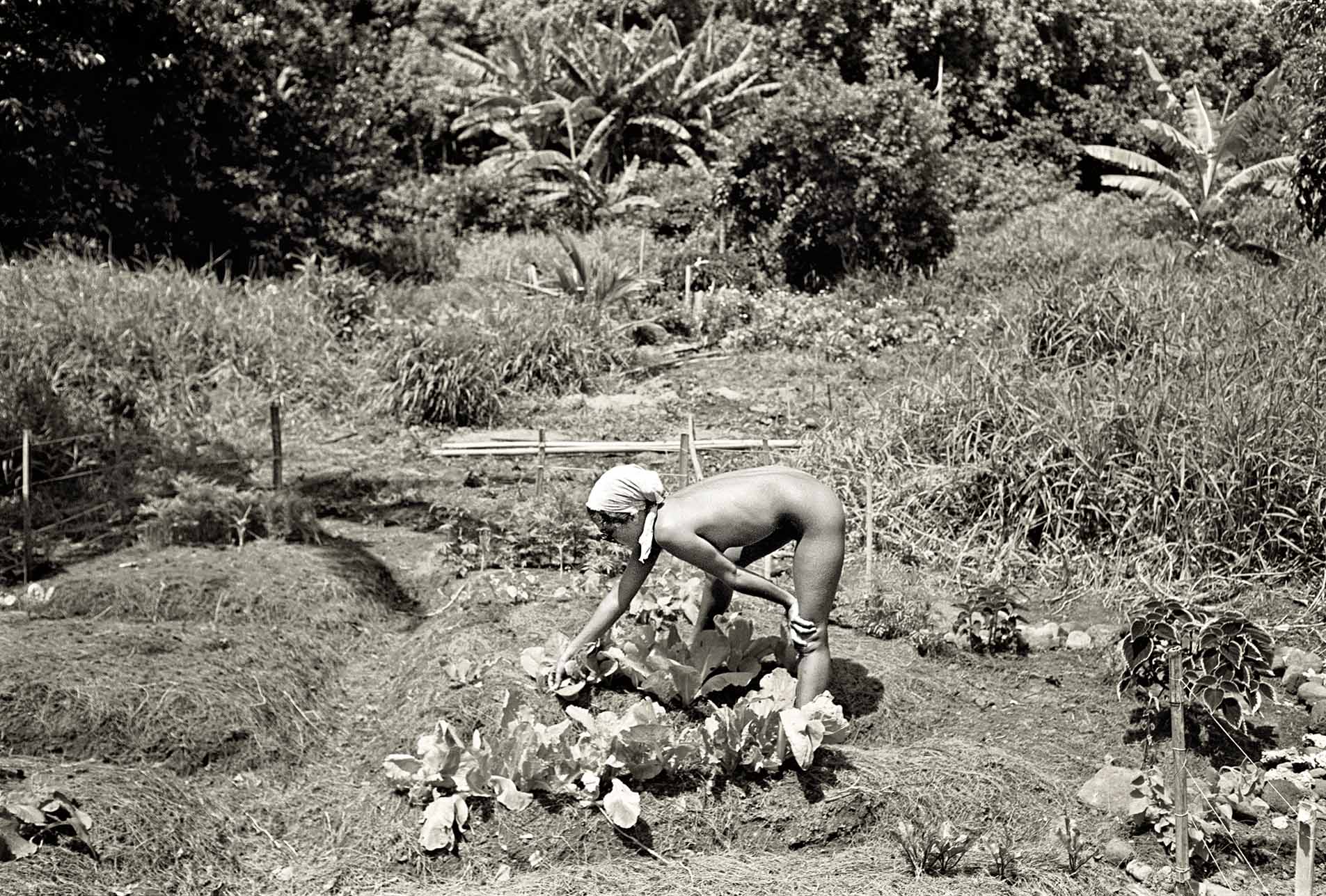
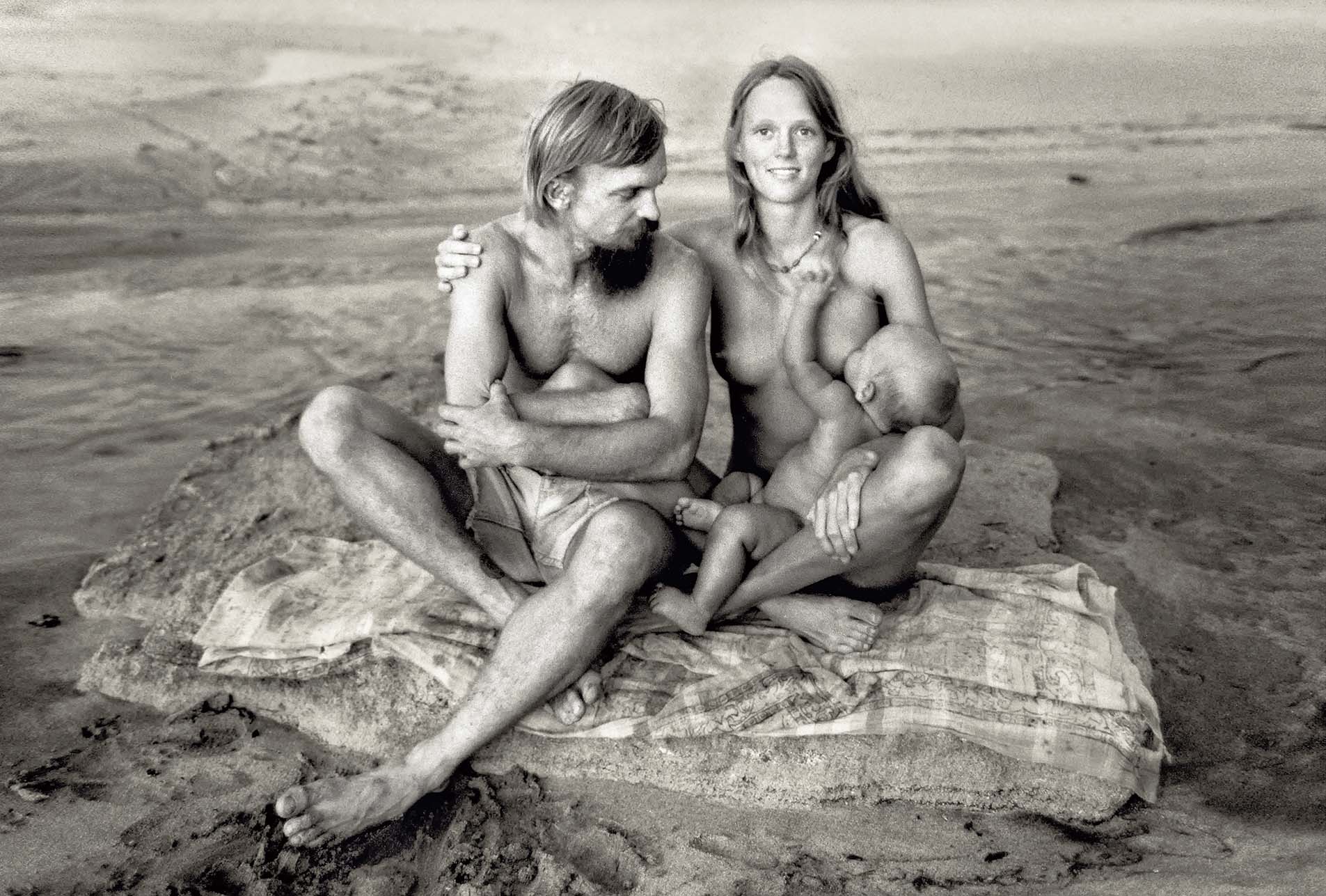
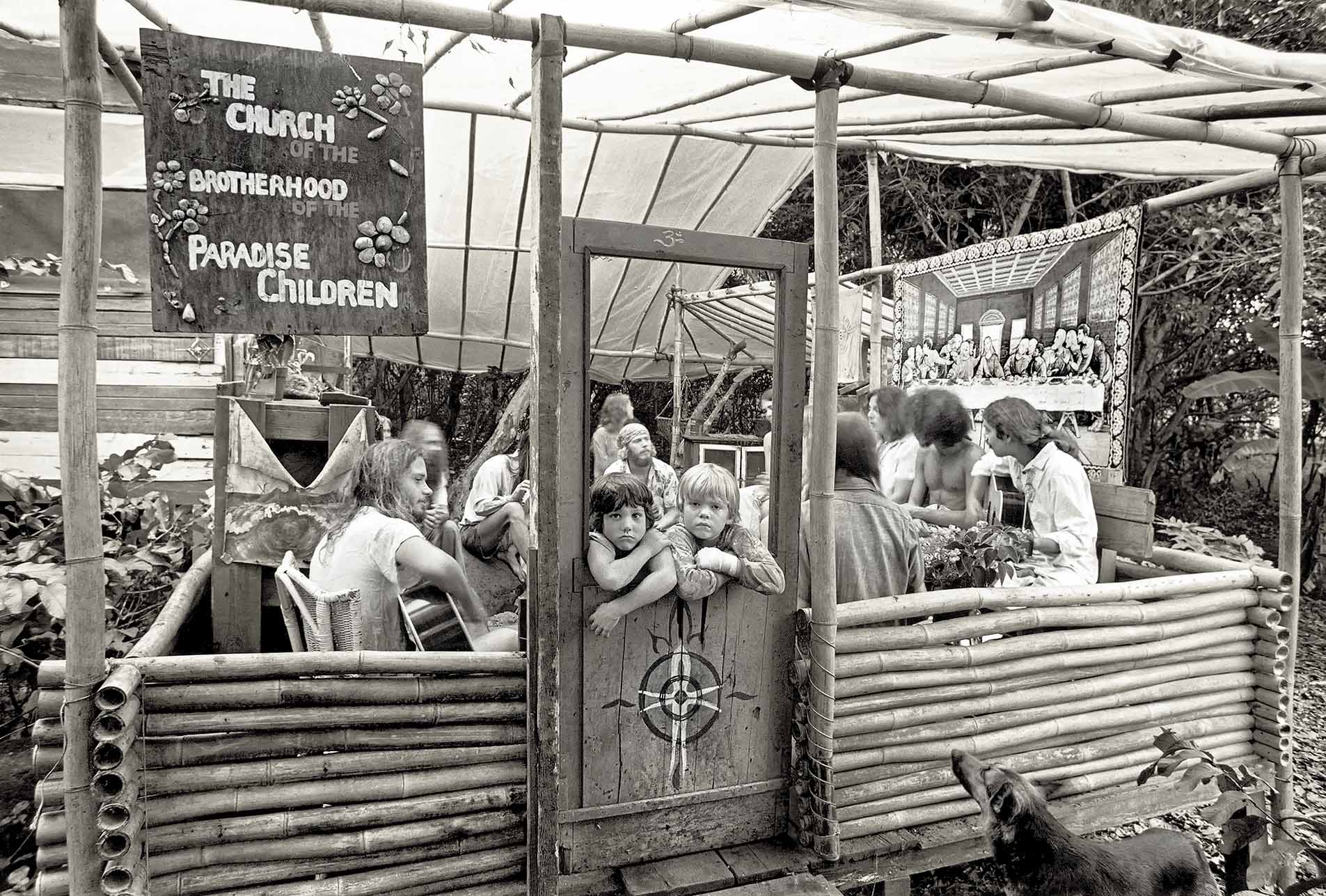
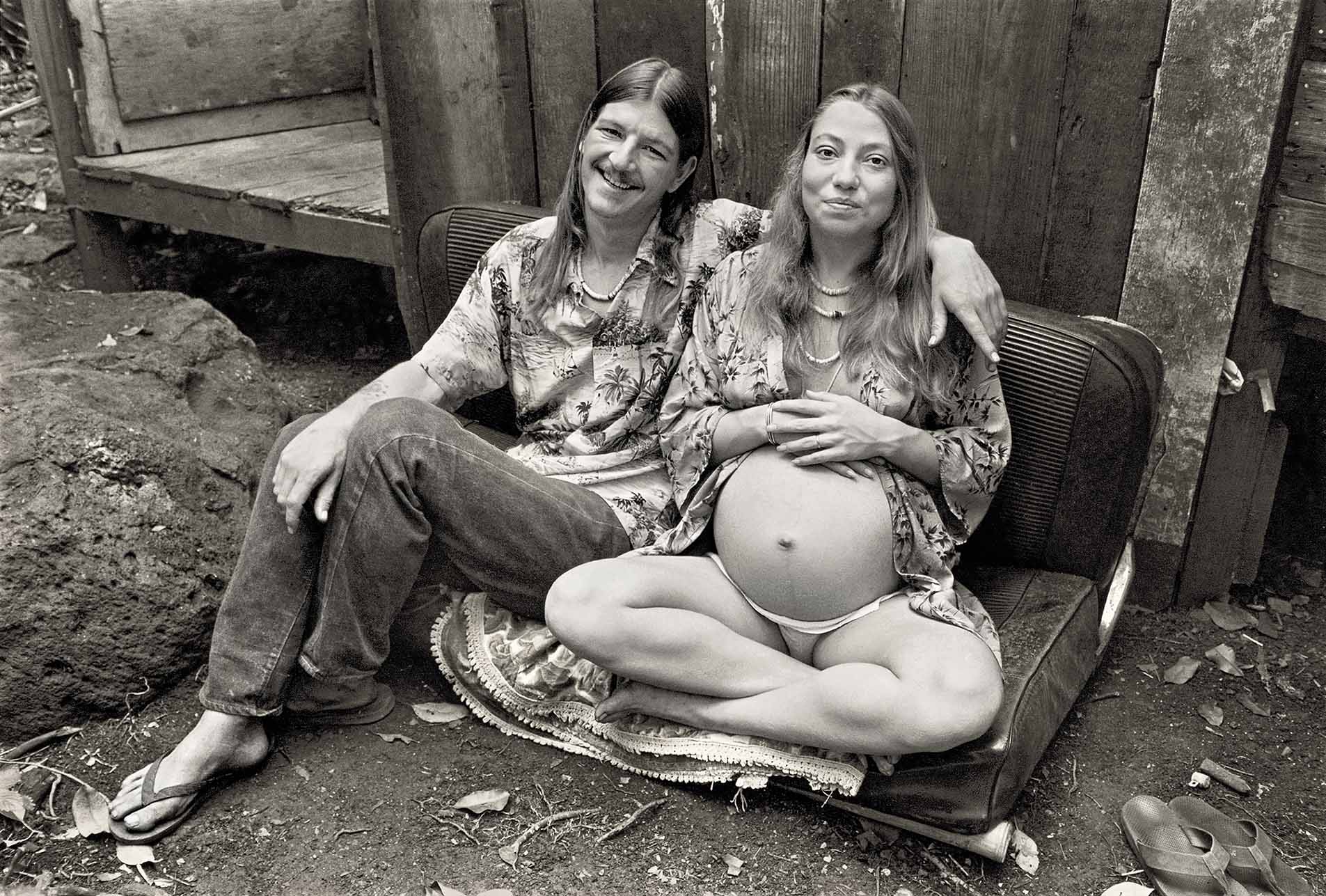
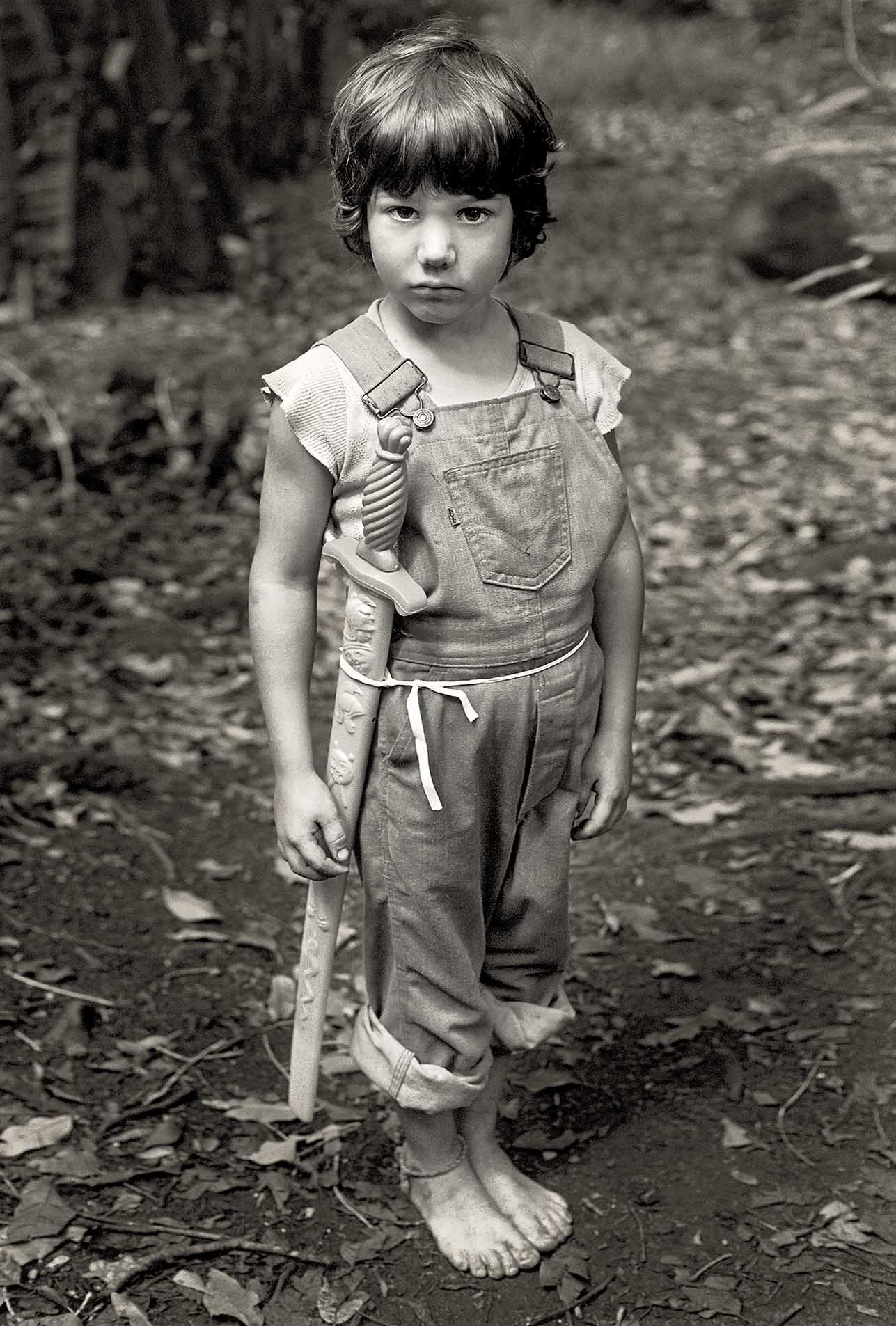
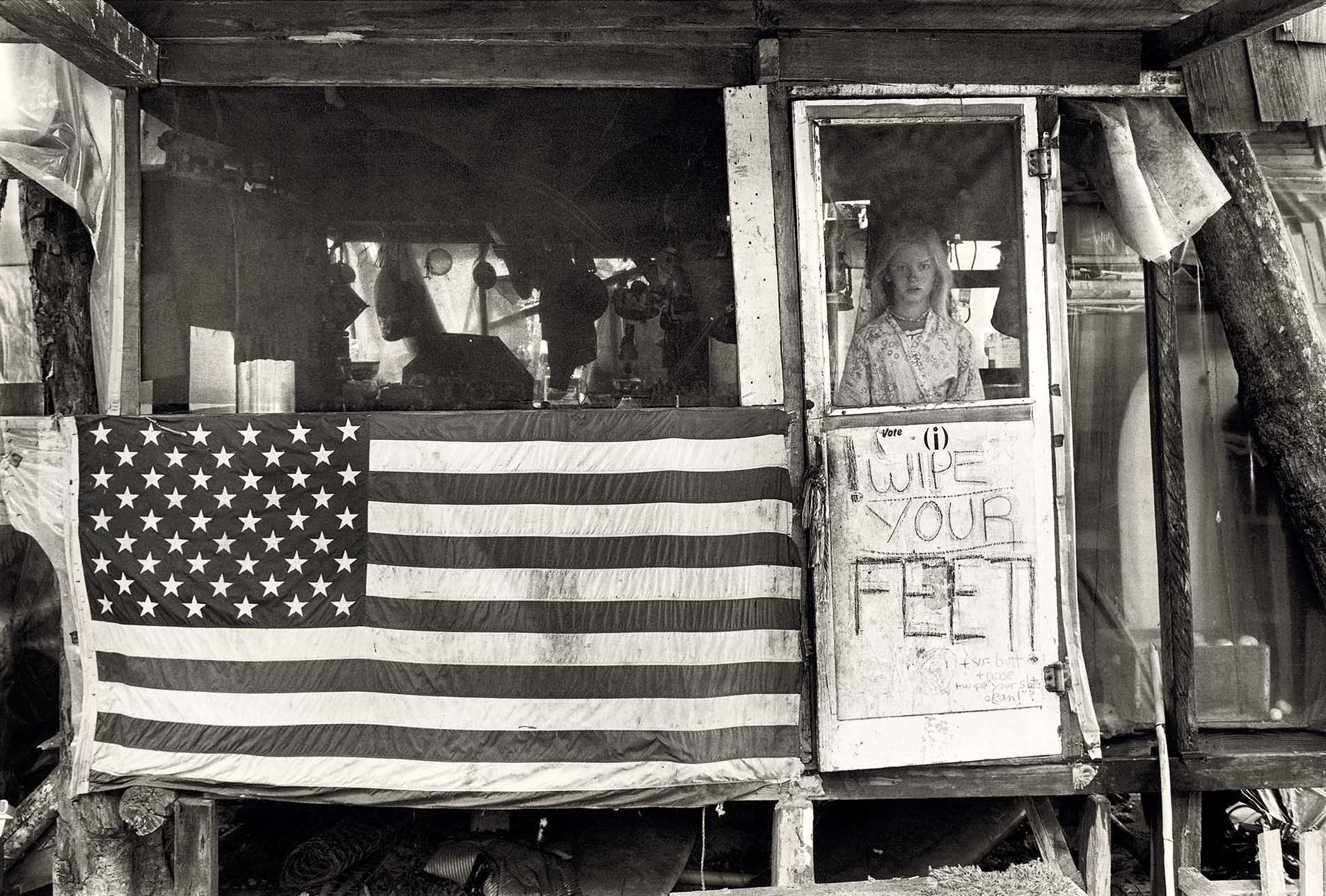
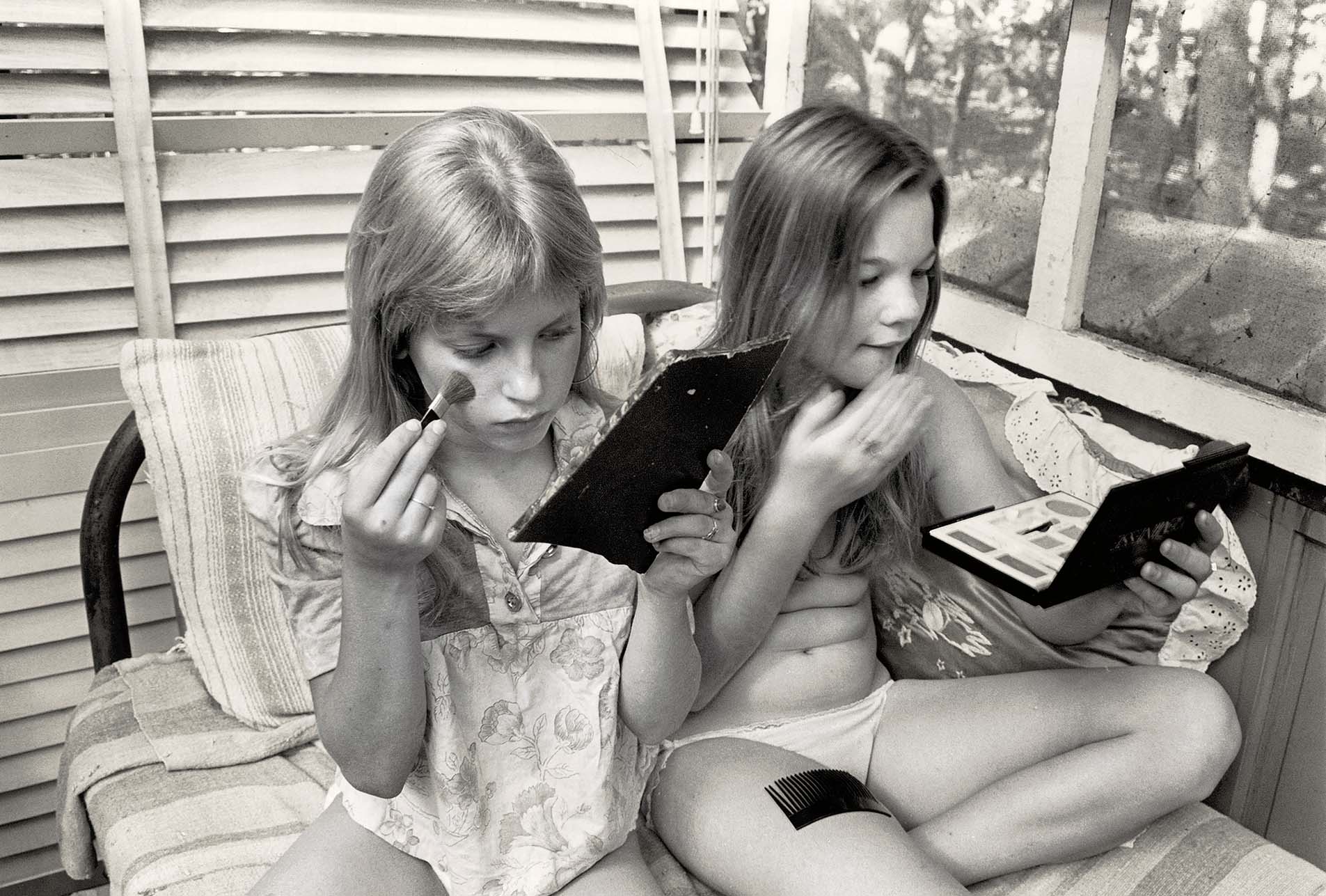
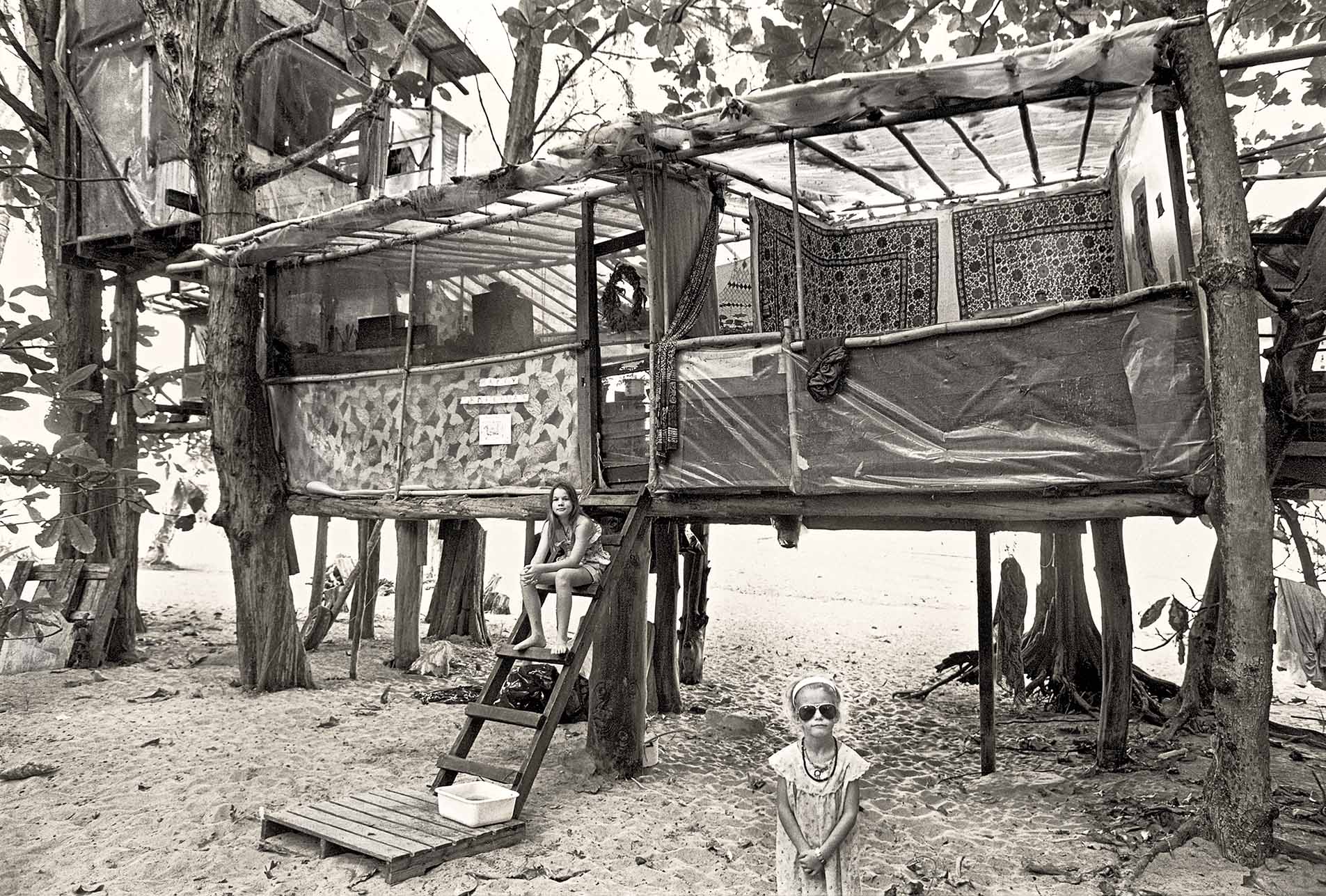
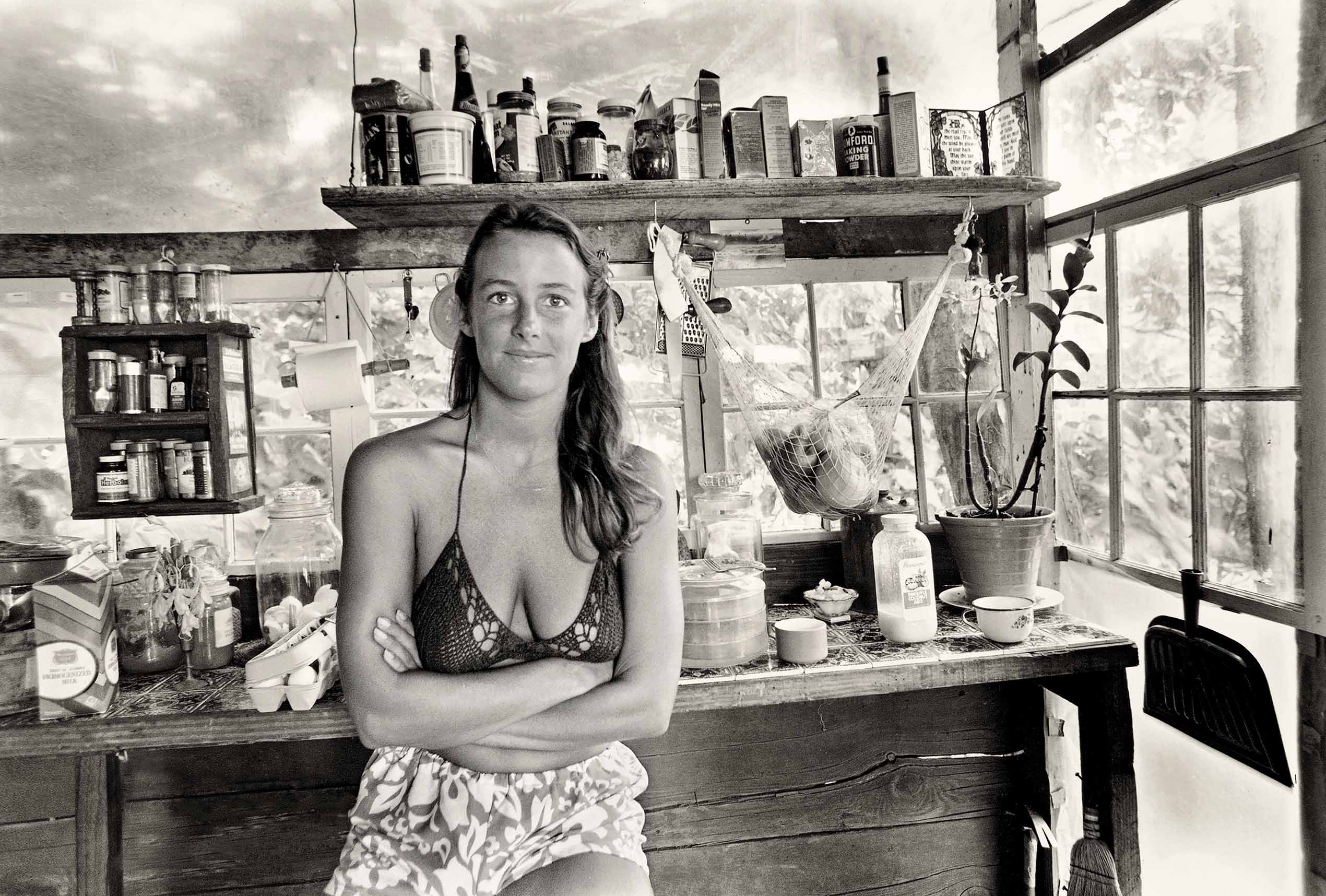
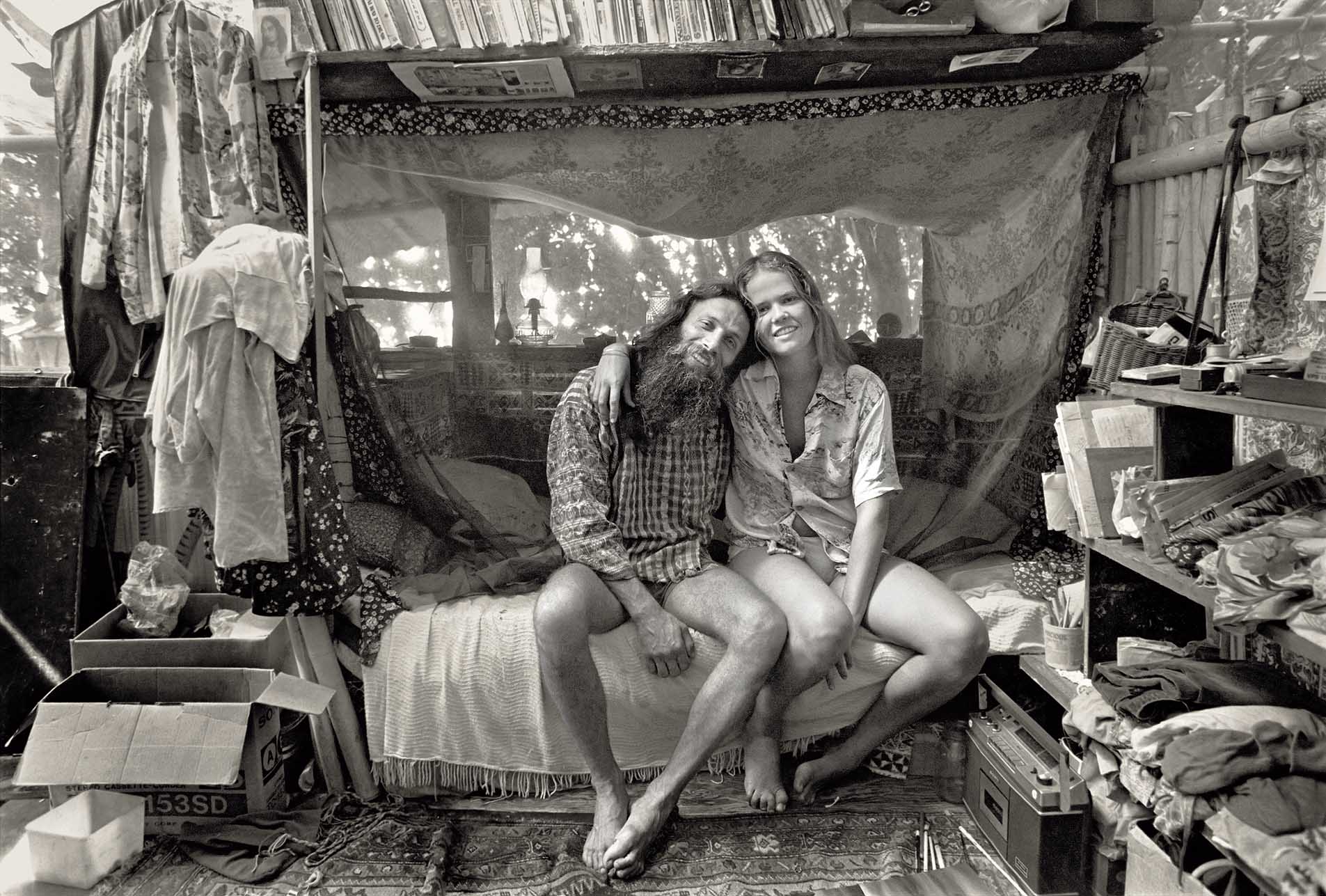
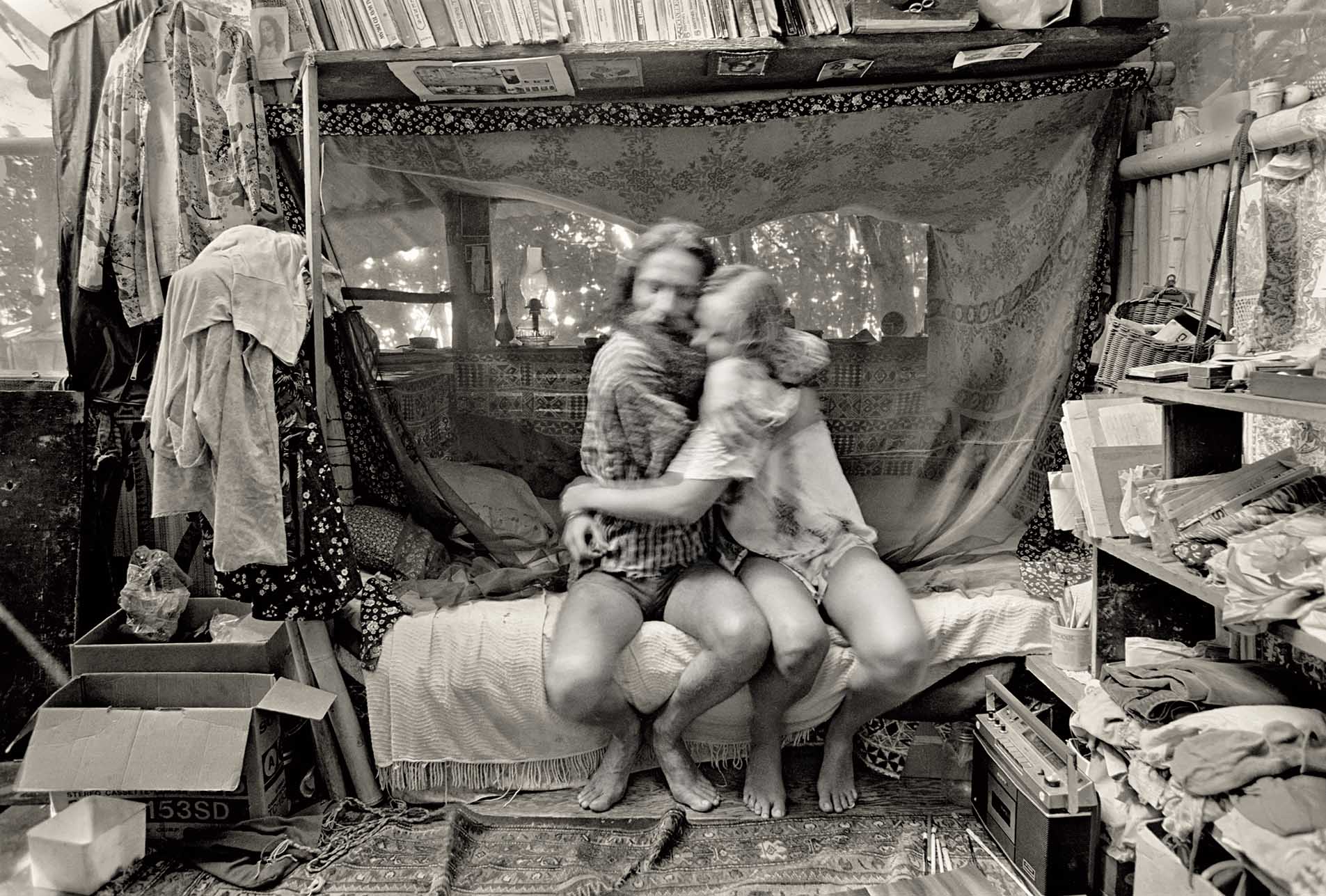
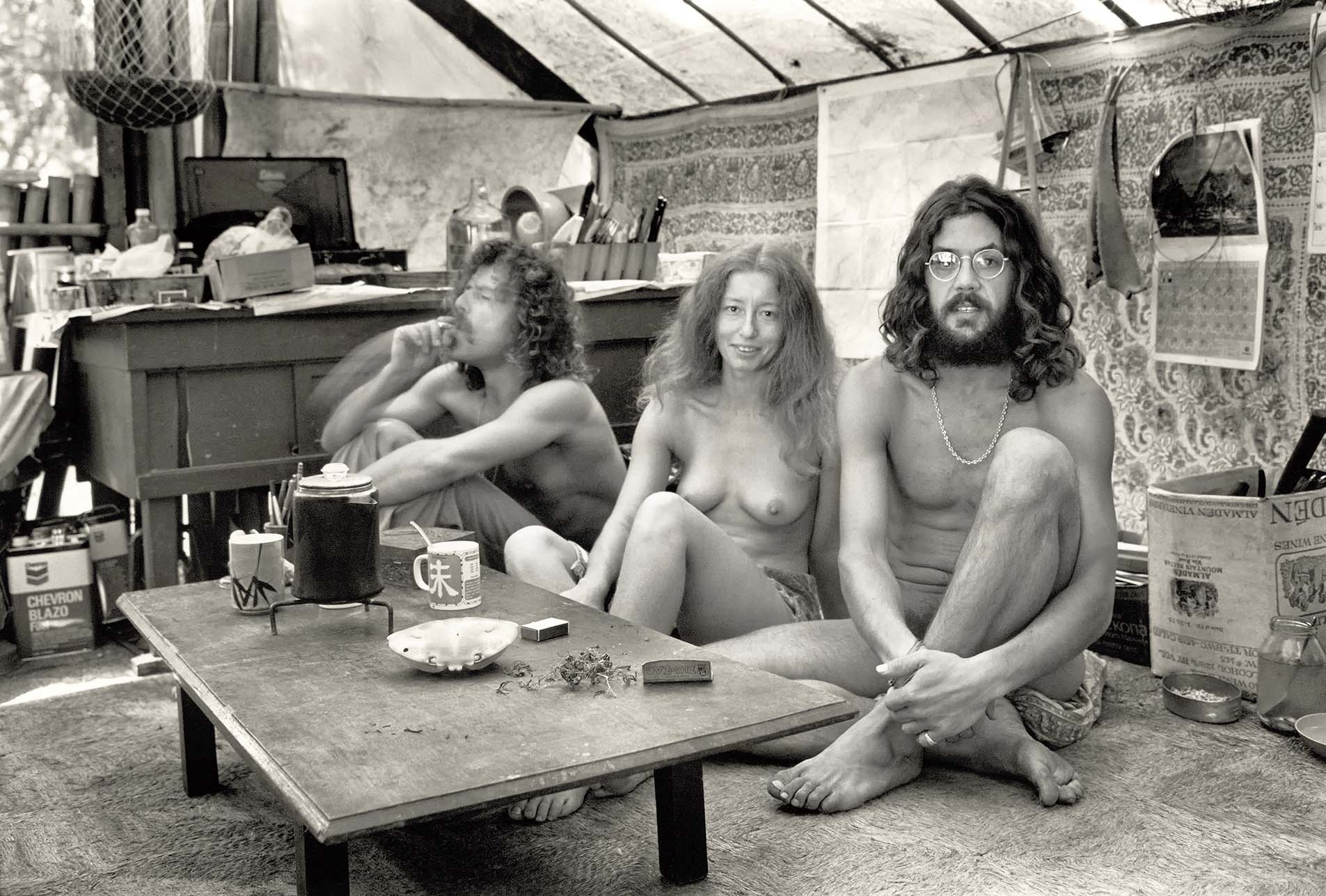
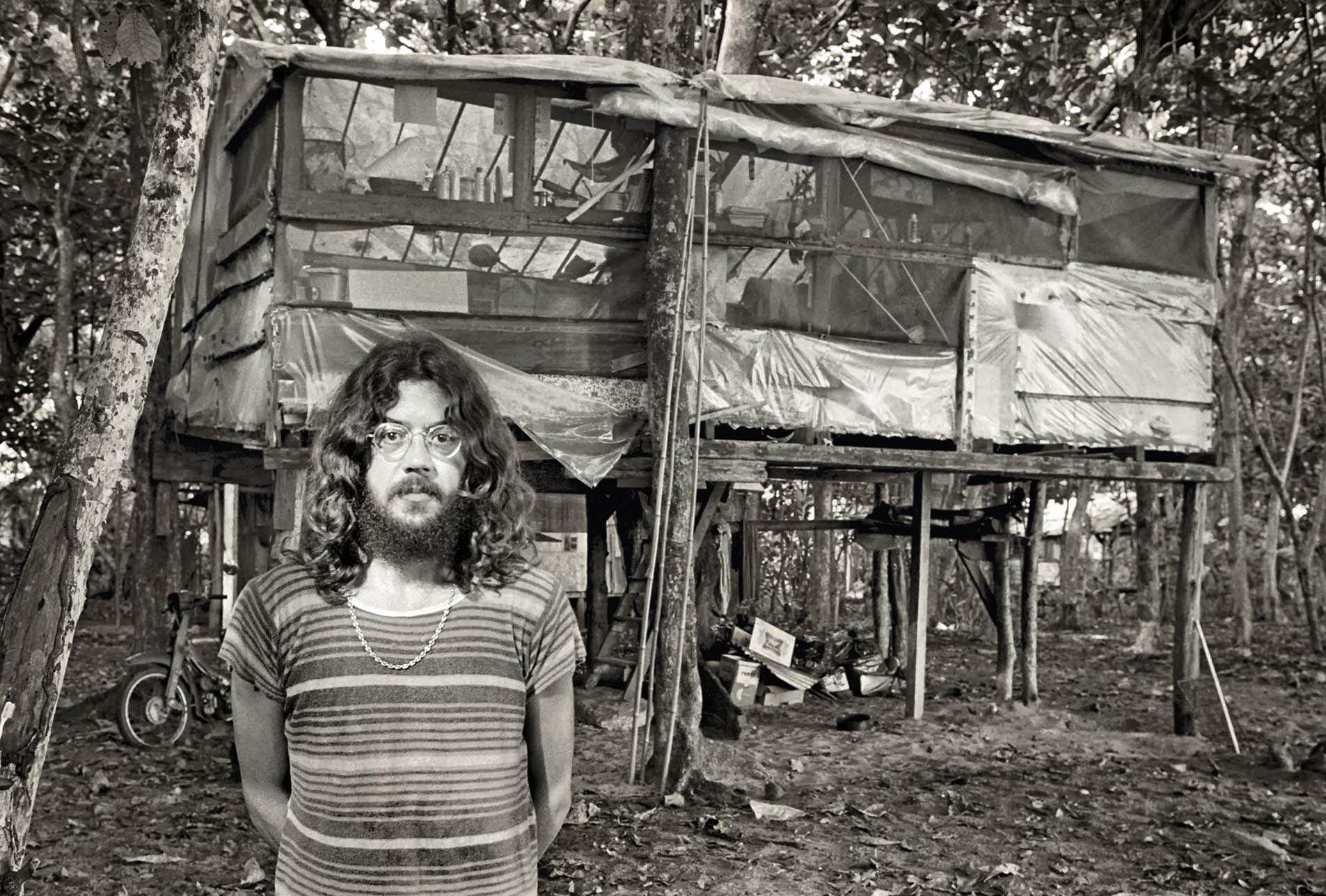
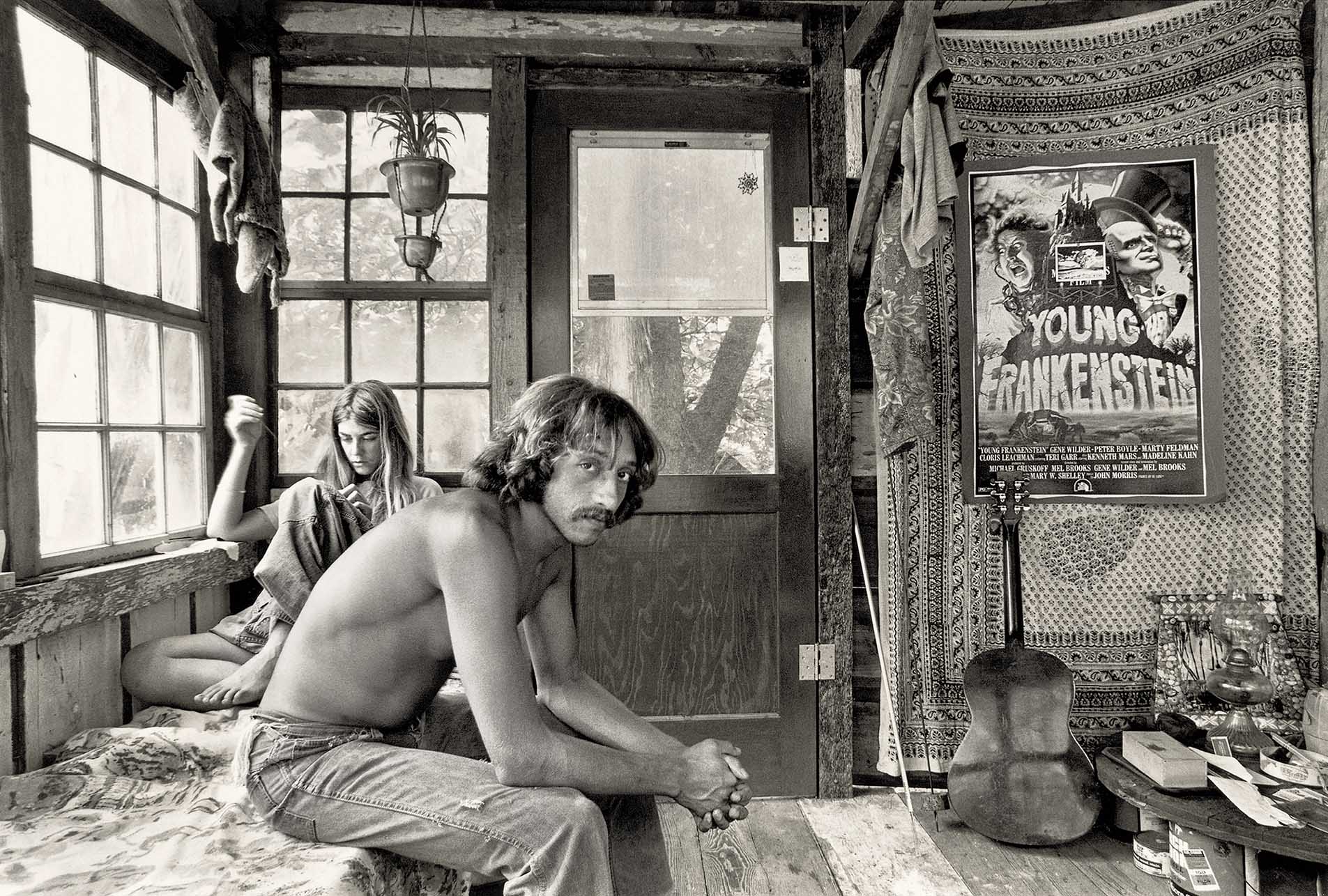
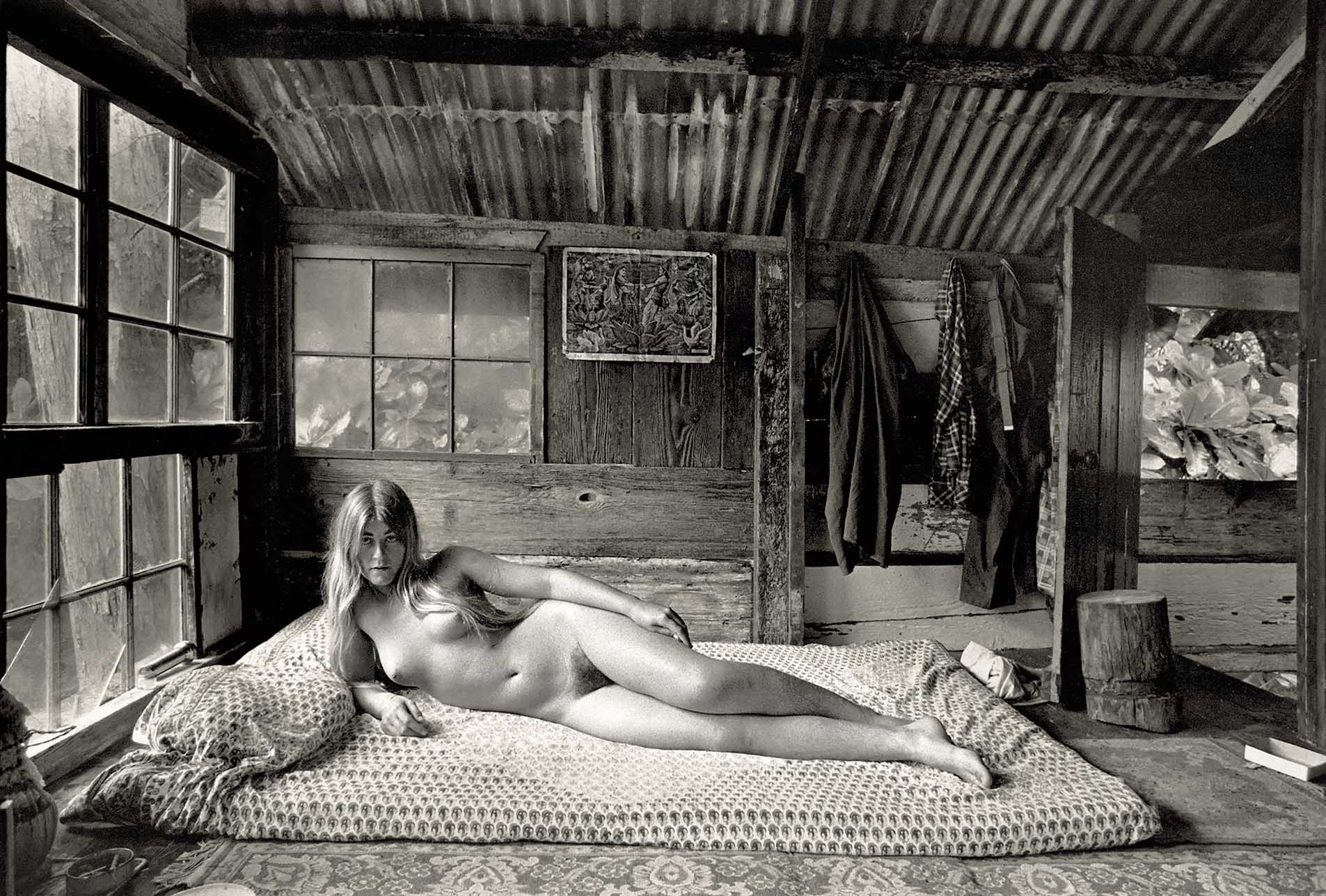
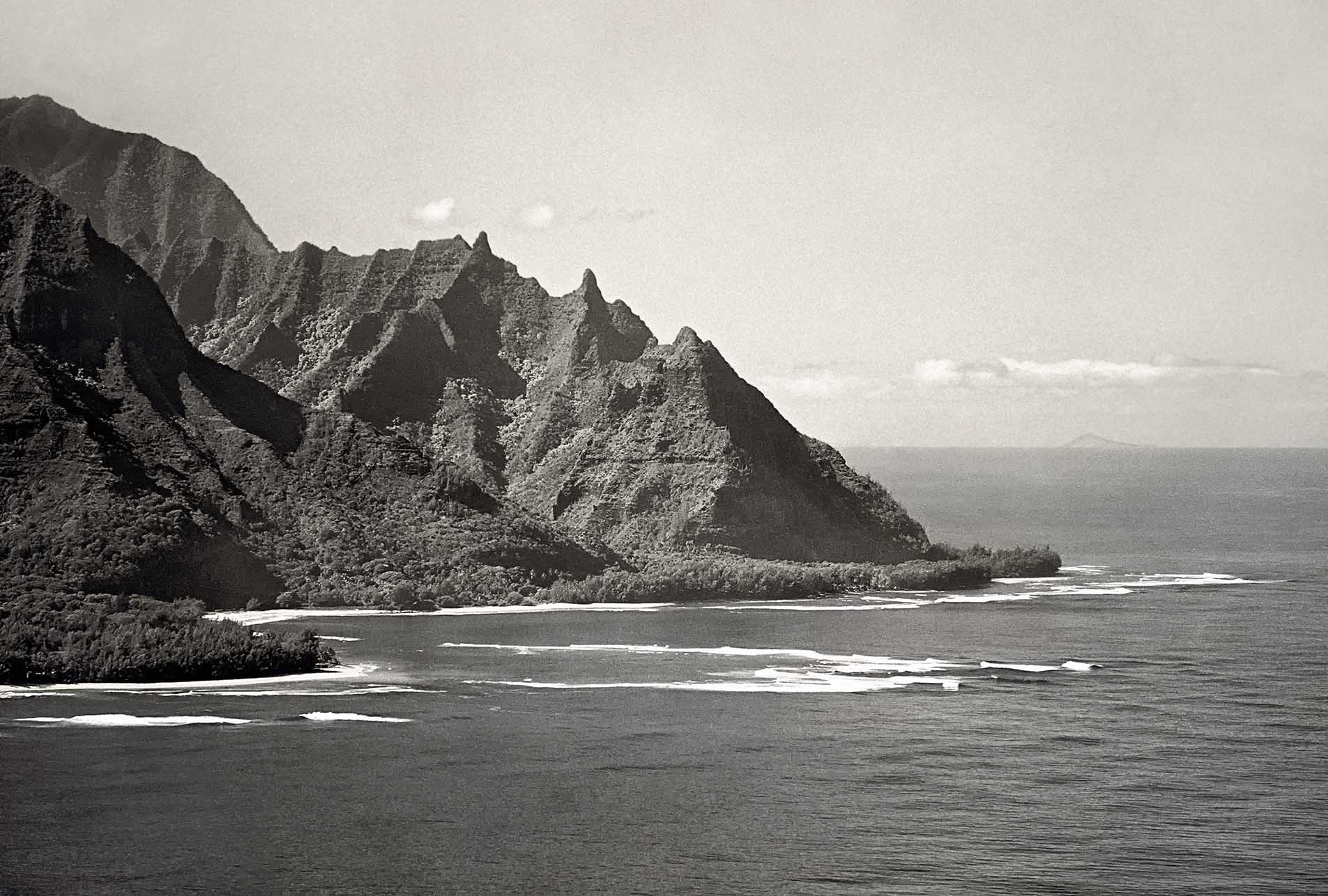

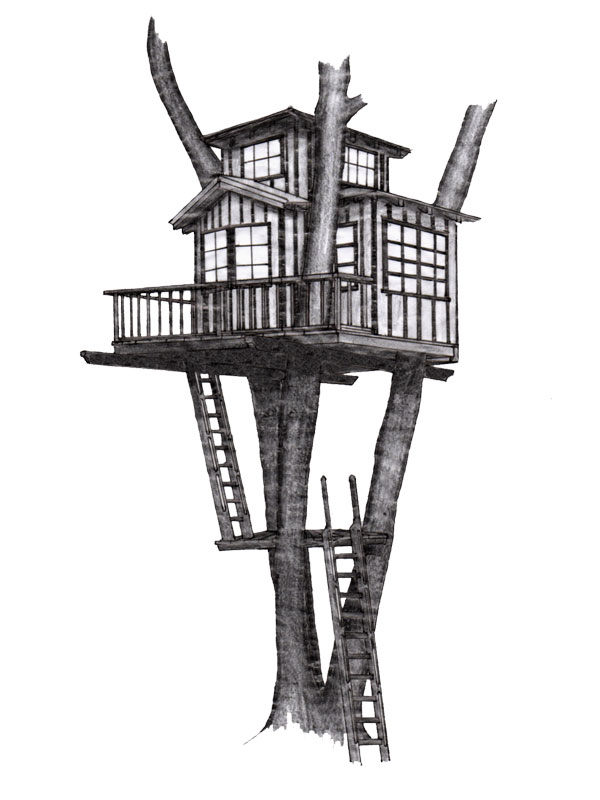
+ There are no comments
Add yours